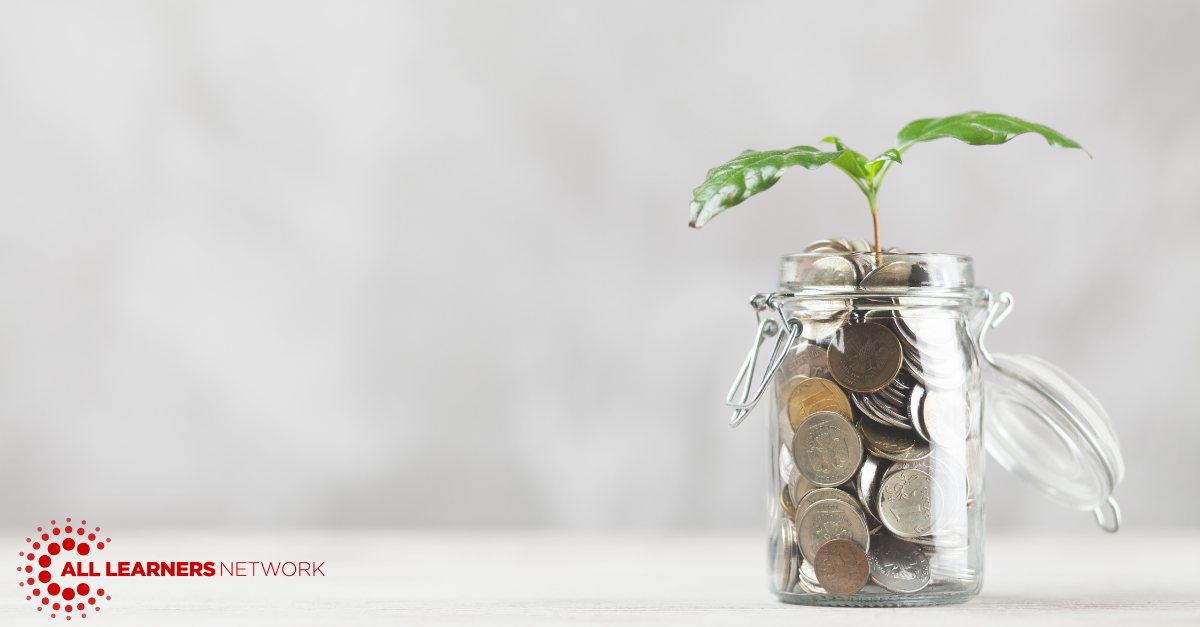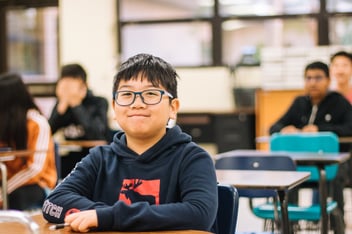
From “Hey guys!” to “Hey y’all!”

I’m working on breaking a deeply ingrained habit of addressing groups of people as “guys”. I’ve played on sports teams my entire life and “guys” is just part of the sports lingo. I’ve used the word so often that now I use it without even thinking about it.
In fact, I often begin workshops with a greeting and a direction that sounds something like, “Hey guys, welcome. Please sign the attendance sheet and fill out your name tag.” I don’t intend to be offensive so I’m unaware that I may have just excluded some participants from entering our learning space.
I’m lucky enough to have a colleague who challenged me to do better. An inclusive learning environment is a place where everyone feels safe enough to be vulnerable because learning requires vulnerability. My colleague explained to me that when I use the term guys for everyone in the room, I may be signaling to someone that this is not a safe place for them. Whenever I learn about how my own actions contribute to excluding someone, I try to put in the work to change my practice.
So I’m working on saying “hey y’all” every time I would normally say “hey guys.” To build my awareness of how often I use the word, I created a “hey guys” swear jar for myself. Every time a friend, colleague, or student catches me saying “guys”, I contribute a dollar to the Hey Guys Jar.
The Hey Guys Jar is definitely working and I’m improving. Yet, as I continue to grow, I’m still astounded at how often I mess up. I’m blown away by how many times I have needed to go through the feedback loop. I’m twenty-three dollars deep and I know that I will still mess up again which helps to remind me that repetition and feedback are an important part of growth.
There is an immense amount of patience required by educators to allow their students the time, repetition, and feedback needed to fuel each student’s growth. Our jobs require a certain amount of faith that if we continue to give our students the learning opportunities, their repeated failures will eventually result in real growth.
This year, I am finding that patience with my students, my colleagues, and myself is the best way forward. We’ve already grown together so much in taking on the challenges of the last year and a half. If I focus only on the failures, the repeated misunderstandings and the mistakes of my students that I am encountering every day, I get a grim view of the math learning in my classroom. If I focus on these same failures with a lens of patience and faith, I get excited for the growth journey my students and I are on together this year.
Even if it takes $100 in the jar, the growth and accomplishment that comes along with our failures makes it worth it.





